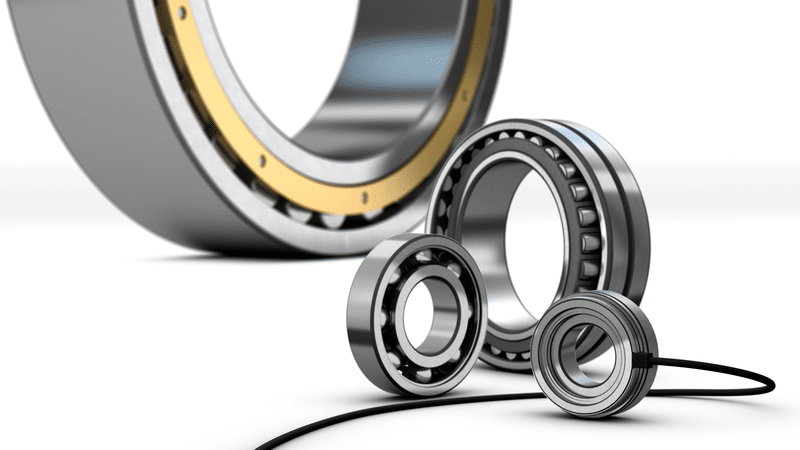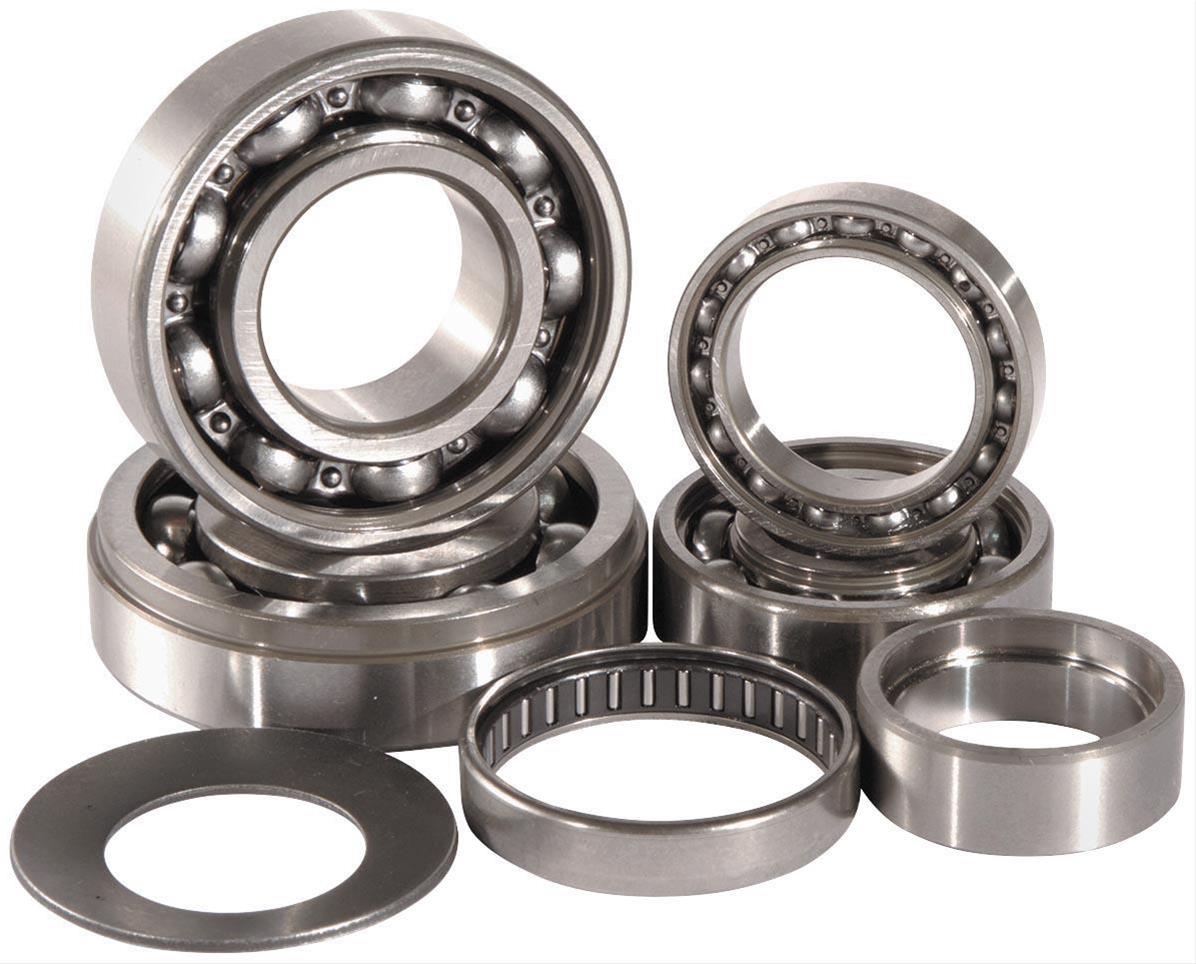.
How to Guide: Rollman Wear Codes
Hey there! If you're looking for some guidance on Rollman wear codes, you've come to the right place. Rollman wear codes are a set of industry standards used to identify the condition of various parts and components in machinery, especially bearings. By understanding these wear codes, you can assess the state of your equipment and take appropriate maintenance actions. So, let's dive in and explore how to interpret Rollman wear codes effectively.
- Familiarize Yourself with the Rollman Wear Code System:
The Rollman wear code system consists of a series of letters and numbers that represent different levels of wear and damage. Understanding the meaning of each code will help you determine the condition of the part or component. Here are some common examples:
- E: Indicates excellent condition or no wear.
- G: Stands for good condition or minimal wear.
- W: Represents worn condition or some wear present.
- D: Denotes damaged or severely worn condition.
- X: Indicates a failed or unusable state.
- Locate the Rollman Wear Code:
To find the Rollman wear code, you need to examine the part or component you're interested in. Look for engraved or stamped codes on the surface or consult the manufacturer's documentation. The wear code is typically accompanied by other relevant information such as part number, lot number, or manufacturing date.
- Determine the Condition of the Part:
Once you have identified the wear code, you can assess the condition of the part or component. Compare the wear code with the standard provided by the manufacturer or industry guidelines. This will help you pinpoint the level of wear or damage and decide whether maintenance or replacement is necessary.
- Take Necessary Maintenance Actions:
Based on the wear code evaluation, you can plan the appropriate maintenance actions. If the wear code indicates an excellent or good condition (E or G), routine maintenance, such as cleaning and lubrication, may suffice. For worn (W) or damaged (D) codes, more extensive repairs or replacement may be required. Failed (X) codes necessitate immediate attention and replacement to avoid equipment failure.
- Keep Accurate Records:
Maintaining accurate records of wear codes and maintenance actions is crucial for effective asset management. Create a tracking system, either manually or electronically, to record wear codes, inspection dates, and maintenance activities. This information will help you analyze trends, identify potential problems, and plan proactive maintenance strategies.
- Seek Expert Advice:
If you're unsure about interpreting Rollman wear codes or handling specific maintenance tasks, don't hesitate to consult an industry expert or the manufacturer's technical support. They can provide valuable insights and guidance to ensure you take appropriate actions and prevent any further damage.
Remember, Rollman wear codes are a valuable tool for assessing the condition of machinery parts and components, especially bearings. By understanding and utilizing these codes, you can make informed maintenance decisions and prolong the lifespan of your equipment.
So there you have it! A comprehensive guide on Rollman wear codes. Now you're equipped with the knowledge to assess and maintain your machinery effectively. Happy maintenance!



 Admin
Admin 




